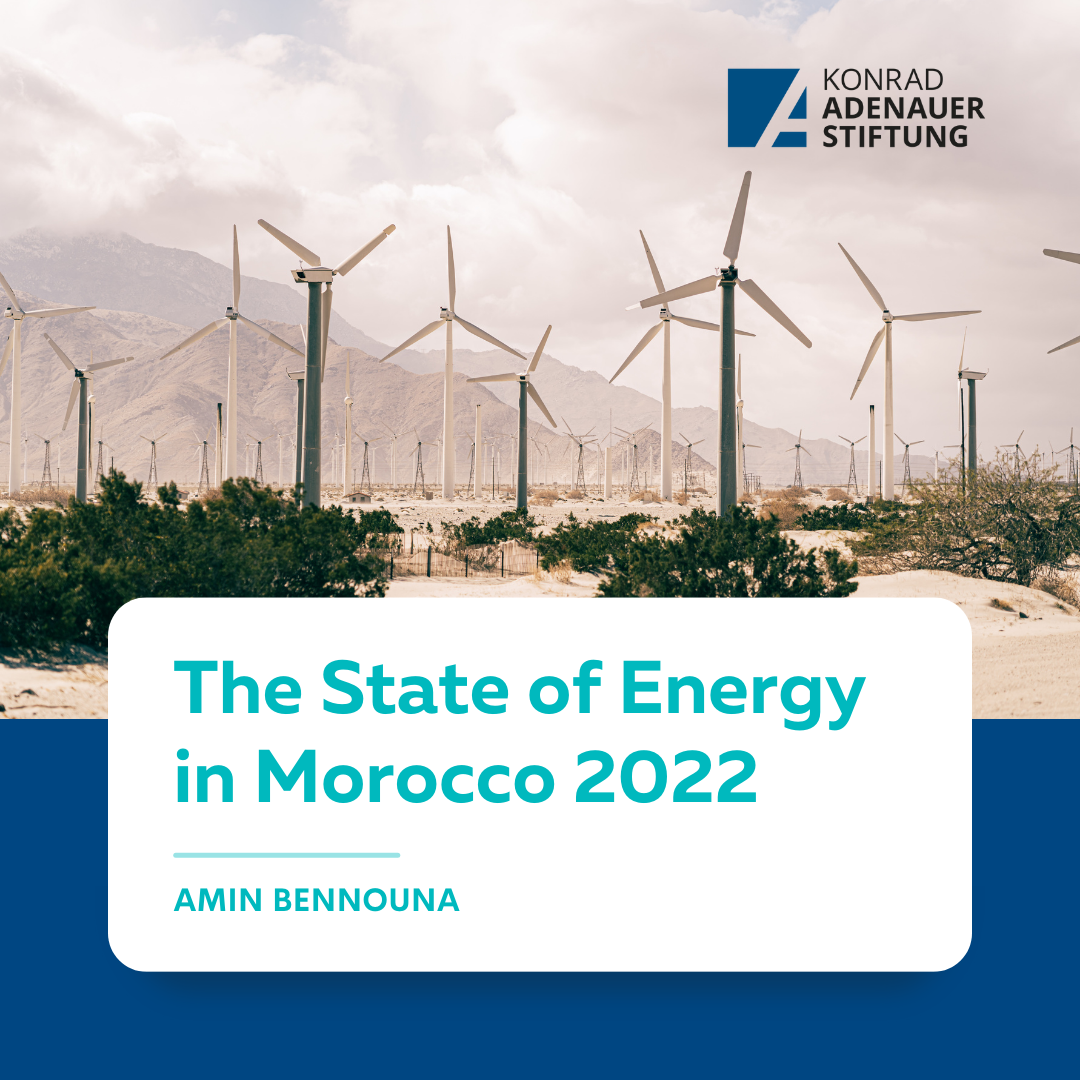Based on data assembled and analyzed by Amin Bennouna, a Moroccan energy expert, the report highlights that despite the significant progress made in recent years, Morocco still has a long way to go to achieve its energy goals. The country remains heavily reliant on energy imports, which account for over 90% of its total energy consumption. Its reliance on natural gas imports from Algeria, which were halted in October 2021, has caused significant disruptions in the energy supply chain.
One of the most significant efforts to address this issue is the country's ambitious plan to increase renewable energy capacity, particularly in wind and solar power. Morocco has invested heavily in renewable energy projects, including the world's largest concentrated solar power plant, the Noor Ouarzazate complex, and the Tarfaya wind farm, which is one of the largest in Africa. With these and other projects, the country has made significant progress towards its target of generating 52% of its electricity from renewable sources by 2030.
However, the report notes that there are still significant challenges that need to be overcome. For example, Morocco has only one pumped storage power station, which limits the country's ability to store renewable energy for use during peak periods. Additionally, decentralized solar energy systems have helped reduce daytime electricity demand, but energy efficiency measures in lighting are also needed to reduce nighttime electricity demand.
Furthermore, the report highlights the Moroccan government's plans for green hydrogen, which is a promising alternative to fossil fuels. Green hydrogen is produced through electrolysis using renewable energy sources, such as wind and solar power, and can be used for transportation, heating, and industrial processes.
In conclusion, the "State of Energy in Morocco" report provides valuable insights into the country's energy situation, highlighting the challenges and efforts being made to increase renewable energy capacity and reduce dependence on energy imports. While there is still a long way to go, Morocco's ambitious plans and investments in renewable energy show promise for a more sustainable energy future.
Topics
Shaping Europe – Scenarios for the European Union in 2030
Transnistria without gas and Chişinău in crisis mode. A difficult winter in the Republic of Moldova
Policy Atlas ‘Renting, Buying, Living’
South Asia’s (Almost) Forgotten Climate Crisis and Europe’s Responsibility
Wind power as a key to Vietnam's sustainable future?



